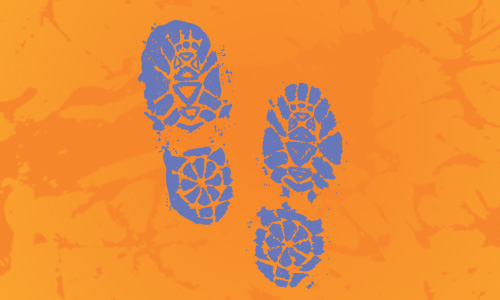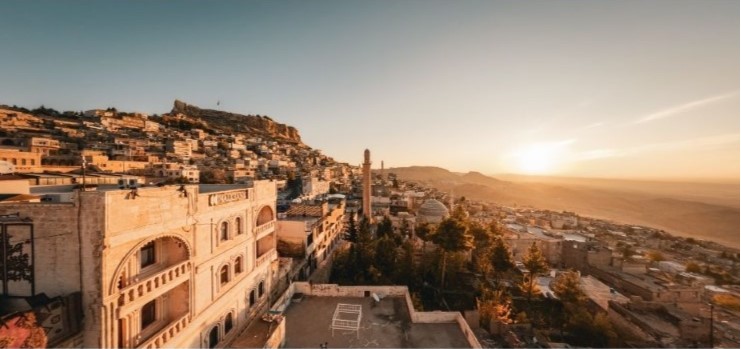Boots on the Road
[column width=”1/6″ title=”” title_type=”single” animation=”none” implicit=”true”]
[/column]
[column width=”3/4″ last=”true” title=”” title_type=”single” animation=”none” implicit=”true”]
When we first encountered Central Asia about a decade ago it was by walking through a city with cracked, broken sidewalks. We passed the hulking shells of decaying, unused factories. This was the largest city in that country.
We would walk across town and look down at our footwear, our shoes dusty from the heat or muddy from the rain. As everyone’s shoes fall victim to this plight, it is good etiquette to take off your shoes before entering an apartment or home along the Silk Road.
In many villages that we’ve visited, encountering a Westerner is still highly unusual. We’ve sat on the floor in mud-brick homes, perched on long cushions around a blanket spread out with bread and salad on it.
We’ve shared stories – listening to theirs and telling our own.
For many of these people, the only world they know is that of their rural agrarian villages. Countries that are either leaping forward in great industrial strides or sinking into the quagmire of tribal strife surround them.
For many, Internet on their cell phone exposes them to much of Western culture, complete with its seedy underbelly, but for most it is an utterly foreign and far off land. In many ways this world of high mountains, wide-open steppes, river gorges and punishing deserts has only faintly felt the reach of globalization.
It takes a hardy soul to reach most of the Silk Road, even today.
How to Tell a Story in a Single Picture
What kind of symbol or image could convey the Silk Road to the West? Many people know little to nothing about the countries in our region. Consider this inauspicious list: Turkey, Azerbaijan, Turkmenistan, Uzbekistan, Kazakhstan, Kyrgyzstan, Tajikistan, Afghanistan and Pakistan.
What ties them all together?
They are largely uncharted territory in terms of the presence of the Church today and of a vibrant witness of Jesus.
It hasn’t always been this way. In the earliest days after the resurrection of Jesus, Paul walked some of this land and founded churches. The church of Ephesus, who the book of Ephesians was written to, was in present day Turkey.
Jesus Christ, Son of God, Savior
In the heel of the boot print you can see the shape of a wheel. This symbol was carved into the stones in Ephesus as an early symbol of the faith. Every letter of the Greek word for “fish” can be found in the wheel. This word, ΙΧΘΥΣ, is an acronym for the phrase “Jesus Christ, Son of God, Savior” – the core of the Christian faith. Many of us have encountered the fish symbol that represents the same acronym, and has recently been more popular, but the wheel can still be seen carved on sites of the early church like Rome and Ephesus.
The Spirit was poured out in those days: the church was planted and faith spread from here to the rest of the world – even following along the ancient Silk Road 1500 years ago.
God can do it again.
Sources:
http://daviddilling.com/christiansymbol1.htm
http://www.eureka4you.com/fish/fishsymbol.htm
[/column]






